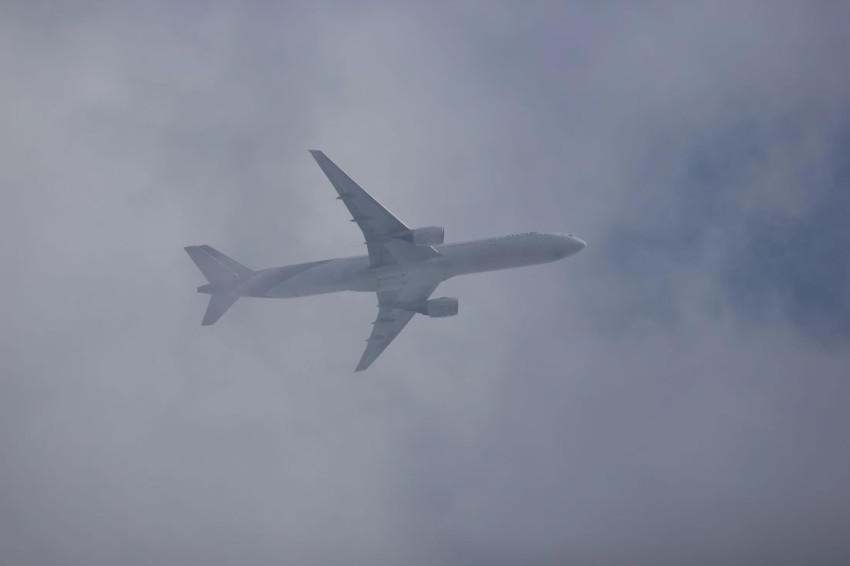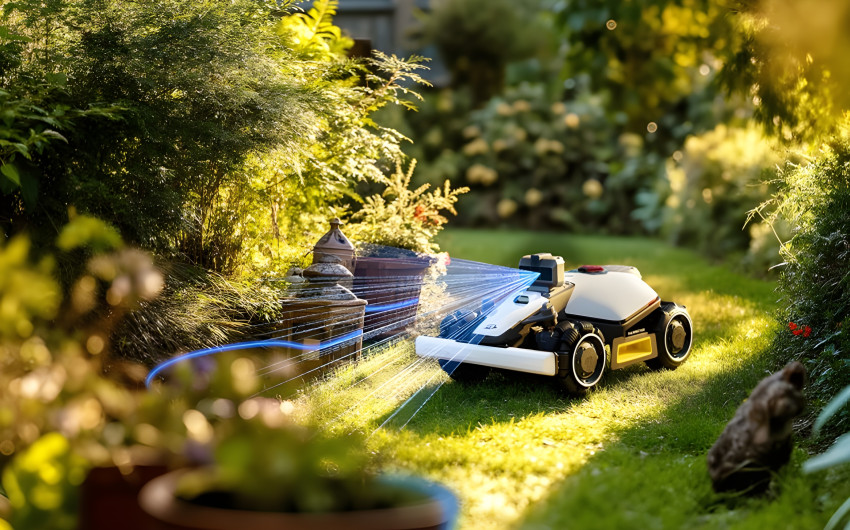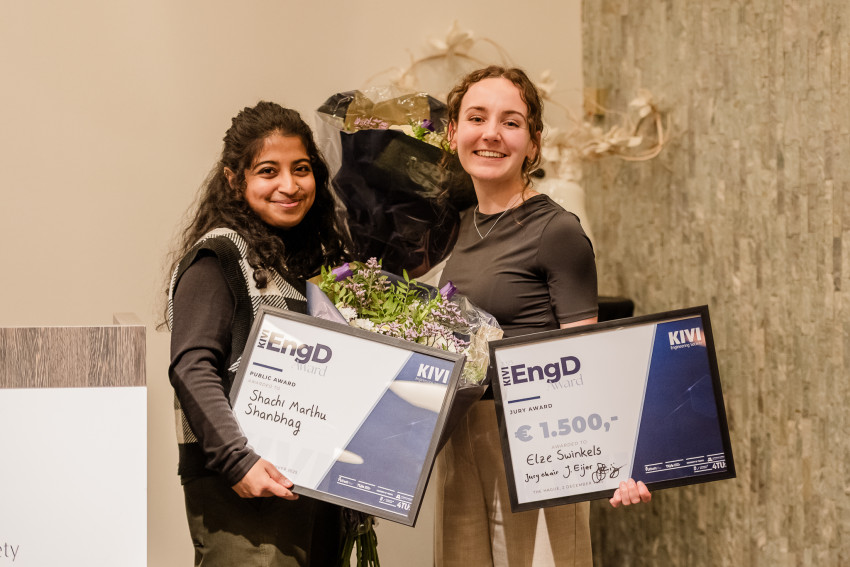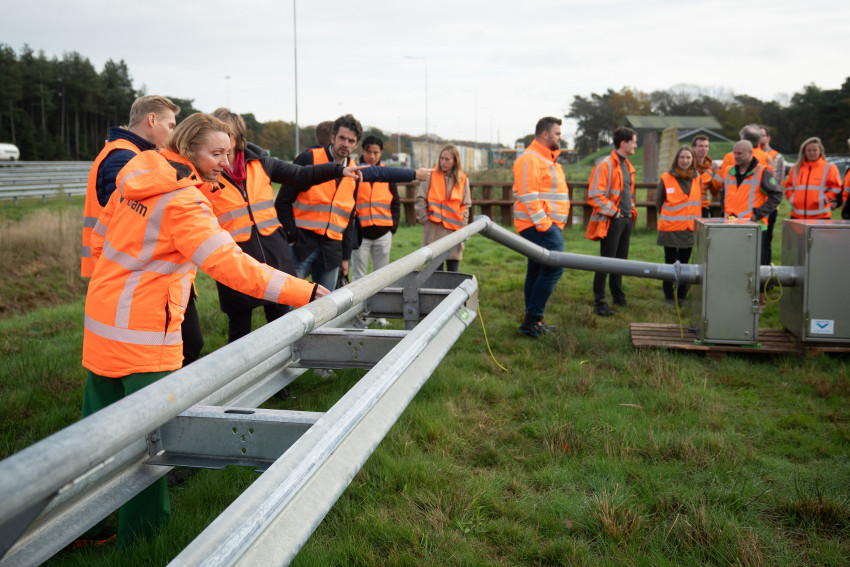
IJsselmeer to get large wind farm
In the IJsselmeer lake, construction company Van Oord and wind turbine manufacturer Siemens Gamesa are to build a wind farm of 86 turbines, with a combined capacity of 380 MW. A temporary artificial island will be turned into a nature reserve once the work has been completed.
The wind farm will be the largest in the Netherlands, though it's not on land but in the waters of the IJsselmeer. The farm will be located adjacent to Breezanddijk along the Afsluitdijk, at 6.5 km from the Frisian coast. It's due for completion in 2021. Last week, Van Oord and Siemens Gamesa were selected, according to a press release from Winpark Fryslân, owner of the wind farm.
The Siemens Gamesa turbines each have a capacity of 4.3 MW and have a tip height of 174 m. The turbines will be positioned at a distance from each other of some 600 m. But they aren't the largest in the country. Those are located in the Noordoostpolder and have a capacity of 7.5 MW each.

First plans in circulation around 2000
The first plans for a wind farm along the Afsluitdijk were already circulating around 2000, when the provincial authorities of Friesland and Noord-Holland wanted to realise a wind farm. That wind farm was to run from the Frisian side of the IJsselmeer, over the Afsluitdijk and into the Wadden Sea.
However, the Wadden Sea has special status as a Natura 2000 area and Unesco World Heritage site. This meant that no wind turbines were permitted in the Wadden Sea. In the end, only the section of the wind farm in the Frisian part of the IJsselmeer remained. The Friesland provincial authorities need this wind farm to realise their wind objective.
Impact on the spaciousness of the panorama
There was a lot of fuss about the Frisian wind farm: people were specifically concerned that the spaciousness of the waterscape would be lost. So a great deal of energy went into creating visuals that clearly illustrated the impact of the wind farm on the panorama (see also the video below). In the end, a wind farm with rounded edges was chosen, with shorter distances between the turbines at the edge than in the centre. Until recently, there were formal objections to construction of the wind farm, but these have been rejected.
Defence aircraft approach route
Defence interests also played a role, as the area around Breezanddijk is an approach route for F-16 fighter jets practising on the Vlieland shooting range. The Dutch Ministry of Defence was prepared to increase its approach route by 40 m to some 183 m. The turbines will be fitted with night-time warning lights for aircraft. The lights will shine brighter when aircraft are in the vicinity.
During discussions regarding the wind farm, bird migration patterns were also at stake, as the areas on both sides of the dike form a key migratory route. It has now been agreed to switch the turbines off during migration of the black stern and common tern.
Artificial island
Construction of the wind farm will involve laying an artificial island at Kornwerderzand. Once the work has been completed, the island will be converted into a nature reserve. This solution was chosen as it will enrich the natural value of the region and provide birds with additional resting and foraging areas, at minimum extra cost. The nature reserve will be located a couple of hundred metres from the fish migration river to be constructed at Kornwerderzand (read ‘Afsluitdijk fish passage will become a tourist attraction’).
The wind farm will be financed and managed by Windpark Fryslân, a company formed by wind-energy entrepreneurs Pieter Meulendijks and Tjitte de Groot. Investment costs are €500 million, and Siemens Gamesa will maintain the turbines for a period of 16 years.
If you found this article interesting, subscribe for free to our weekly newsletter!







